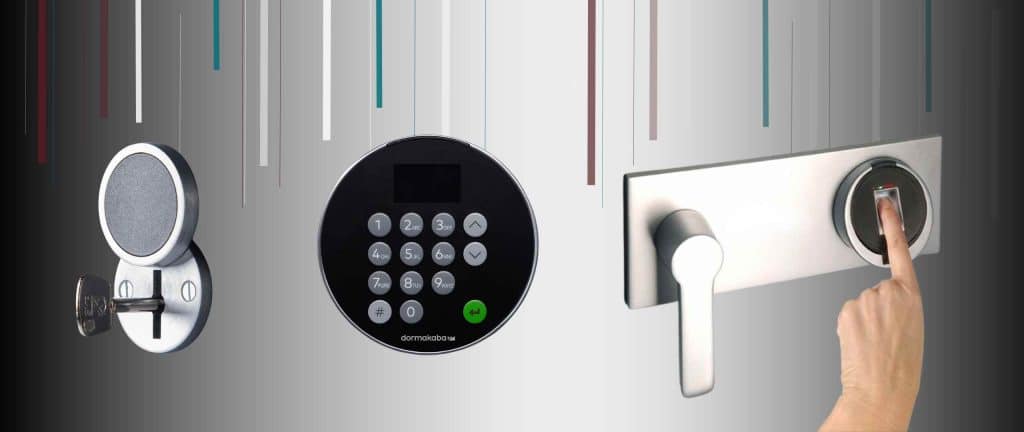The Evolution of Safe Locks
The security of valuables has always been a top priority, and safe locks have evolved dramatically over time. From simple key-operated locks to sophisticated biometric security systems, technology has continually advanced to meet the growing demands for enhanced protection. In this blog, we explore the fascinating journey of safe locks and how innovation has transformed the way we secure our valuables.
The Era of Traditional Key Locks
The earliest safes relied on key-operated locks, a mechanism that dates back centuries. These locks function using a metal key that turns within a cylinder to align pins and release the locking bolt.
Key Benefits:
- Simple and easy to use.
- Durable and long-lasting.
- Affordable compared to modern alternatives.
Drawbacks:
- Keys can be lost or stolen.
- Susceptible to lock picking and unauthorized duplication.
- Limited in security sophistication.
While key locks provided security for centuries, they became vulnerable to skilled burglars who could manipulate the mechanism using lock-picking techniques.
Combination Locks: A Game Changer
In the 19th century, combination locks emerged as a major advancement in safe security. Instead of relying on a physical key, these locks used a series of rotating dials that had to be set in a specific sequence to unlock.
Why Combination Locks Were Revolutionary:
- Eliminated the need for keys.
- Reduced the risk of unauthorized access.
- Offered higher security by increasing complexity.
Did You Know? The first major patent for a combination lock was granted to Linus Yale Jr. in 1862, and his innovations remain the foundation for many modern locks today.
Electronic Locks: The Digital Shift
By the late 20th century, electronic locks revolutionized safe security by integrating digital keypads and programmable access codes. These locks used electrical components instead of mechanical tumblers, making them more resistant to traditional lock-picking methods.
Key Advantages of Electronic Locks:
- Allows multiple user access codes.
- No physical keys required.
- Provides audit trails (tracking who accessed the safe and when).
- More resistant to tampering and brute-force attacks.
However, electronic locks also introduced new challenges, such as the risk of power failures and hacking attempts. Despite these drawbacks, they became a preferred choice for businesses, banks, and high-security environments.
Biometric Locks: The Future of Security
The latest innovation in safe locks is biometric security, which leverages unique human characteristics like fingerprints, retina scans, and facial recognition to grant access.
How Biometric Locks Enhance Security:
- Unmatched Personalization: Only authorized users can access the safe.
- No Need for Keys or Codes: Eliminates risks associated with lost keys or forgotten passwords.
- Quick and Convenient: Instant access without needing to enter combinations or carry keys.
- High-Tech Protection: Difficult to bypass or duplicate biometric data.
Challenges of Biometric Locks:
- Requires regular maintenance and updates.
- May be affected by physical injuries (e.g., cuts on fingerprints).
- Higher initial investment compared to traditional locks.
According to a study by MarketsandMarkets, the global biometric security market is projected to grow at a CAGR of 14.6% from 2022 to 2027, indicating widespread adoption across industries. [Source]
Comparing Different Locking Mechanisms
| Lock Type | Security Level | Ease of Use | Vulnerability |
|---|---|---|---|
| Key Locks | Medium | Easy | Prone to picking and theft |
| Combination Locks | High | Moderate | Forgetting the combination can be a challenge |
| Electronic Locks | Very High | High | Susceptible to power failures and hacking |
| Biometric Locks | Maximum | Very High | Expensive and requires maintenance |
The evolution of safe locks showcases how security measures have continuously adapted to new threats and technological advancements. While traditional key locks laid the foundation, modern biometric security now leads the way with cutting-edge protection. Whether you prefer the reliability of a key lock, the complexity of a combination lock, or the convenience of a biometric system, choosing the right safe lock depends on your unique security needs.
Are you looking for a high-security safe with advanced locking mechanisms? Explore our wide range of safes here or Contact our experts today for professional advice!


